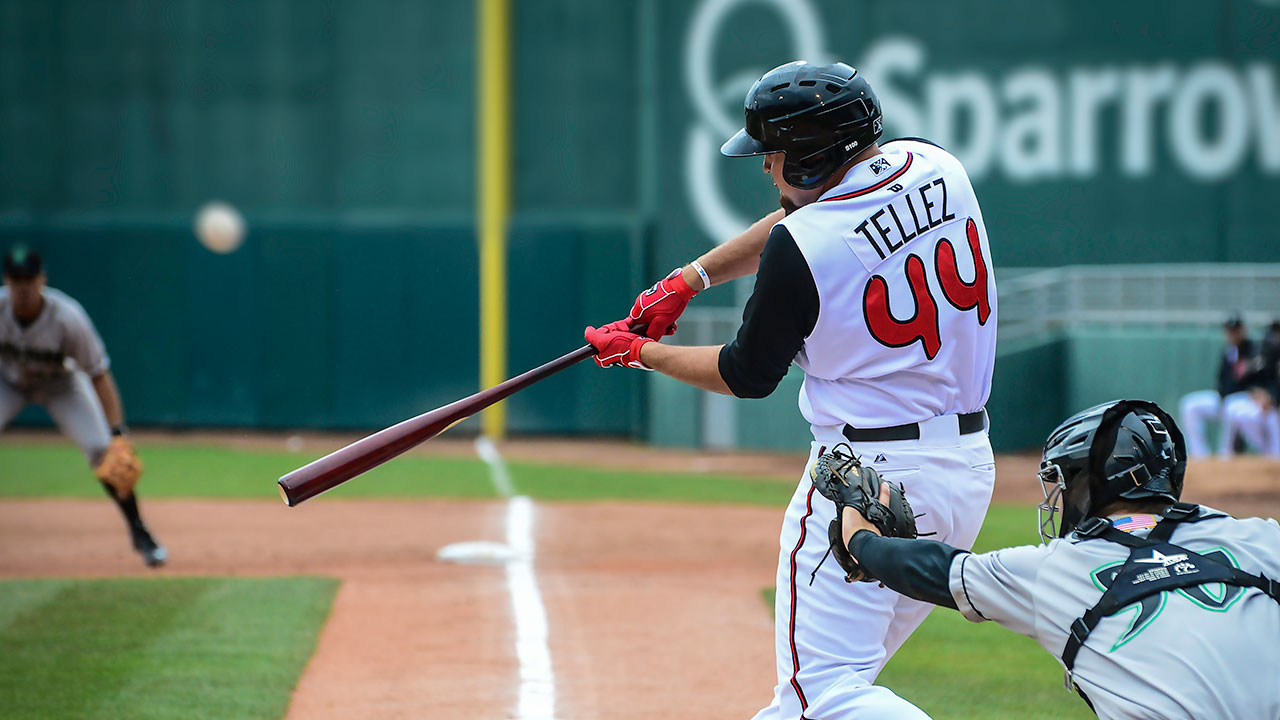Jeff Moore is a former college player and Division I college coach who’s now based in Florida, where he scouts and writes about baseball full-time.
It’s been a whirlwind year for the Toronto Blue Jays, and the roller coaster ride has extended all the way down to the depths of the organization’s farm system. From developmental steps being taken and missed to players arriving and departing, the system looks vastly different than it did 12 months ago.
As the minor league season comes to an end, here are three things we can take away from what’s happened this season.
Farm system still strong
Adding pieces like Troy Tulowitzki and David Price comes at a cost. While no one is complaining because of the success of the MLB club, using prospects to acquire veterans and bolster a playoff run depletes organizational depth. That gets overlooked as the Blue Jays surge toward the playoffs thanks to Price’s left arm, but success comes at a cost.
Most organizations that traded away players the calibre of Daniel Norris, Jairo Labourt, Jeff Hoffman, Miguel Castro and Alberto Tirado would be struggling to replace them in the upper talent levels of their system, and that doesn’t even include players like Franklin Barreto, Sean Nolin and Kendall Graveman, whose departure this winter (for Josh Donaldson – again, no one’s complaining), already chipped away at the organization’s depth. But even after losing that kind of talent, the Blue Jays still have plenty of high-ceiling players.
First baseman Rowdy Tellez took a major step forward this season and Richard Urena still profiles as a potential impact player despite struggling with aggressive promotions. Max Pentecost lost the season due to injury, but was selected 11th overall in 2014 for a reason. And Dalton Pompey is still around and is still quite talented, despite his struggles against MLB pitching.
But the best reason for continued optimism is because…
…Anthony Alford is a stud
Somehow, the Blue Jays managed to acquire Donaldson, Tulowitzki and Price in the past 12 months without parting with their best prospect. That, above all else, may go down as Alex Anthopoulos’ greatest achievement of the season.
Alford committed himself to baseball full-time this year and the progress was noticeable. Already a premium up-the-middle athlete, Alford demonstrated remarkably-developed baseball skills for a player who split time on the gridiron. Now that he’s a full-time Blue Jay, he’s getting to show off what he can do, and it’s not a stretch to see him one day fitting in with the calibre of big leaguer mentioned above.
Alford isn’t ready to help the big league club yet, but he’s not nearly as far away as many expected. In player development, it’s often mentioned that talent comes to the big league in waves to open and close windows of competition. Alford will lead the next wave of talent heading to Toronto in a few years.
Blue Jays still willing to take risks
No one will agree with every move a GM makes, though Anthopoulos is riding a trading hot-streak at the moment, but the one thing no one can dispute is that his front office continues to be willing to take risks. Trading prospects for a potential playoff run is always a risk, but it’s worked thus far. Drafting injured players like Jeff Hoffman comes with inherent risk, but it was Hoffman’s high ceiling that allowed him to be a centrepiece for Tulowitzki. The Jays organization continued that philosophy this summer when they shelled out $3.9 million for Vladimir Guerrero Jr.
International signings are perhaps the biggest risk in the scouting world, given the inherent uncertainty of committing huge sums of money to 16-year-olds and the difficulty of scouting internationally. Teams have taken different approaches towards spending their international allotment, with some choosing to spread their pool around on multiple players to diversify the risk while others, like the Blue Jays, throw it all at one player in hopes of striking gold. Sometimes this backfires. Other times, it turns into Miguel Sano.
With the Jays losing a ton of high-ceiling talent in trades, the front office saw Guerrero as an opportunity to re-acquire some impact talent. It’s far too soon to have any idea how it will work out, but it shows that having taken some risks recently isn’t going to prevent them from taking more in the future.
In all, it’s been a wild season for the entire organization from top to bottom, but despite the farm system’s role as currency for the big league club, it remains in good shape for the future.








